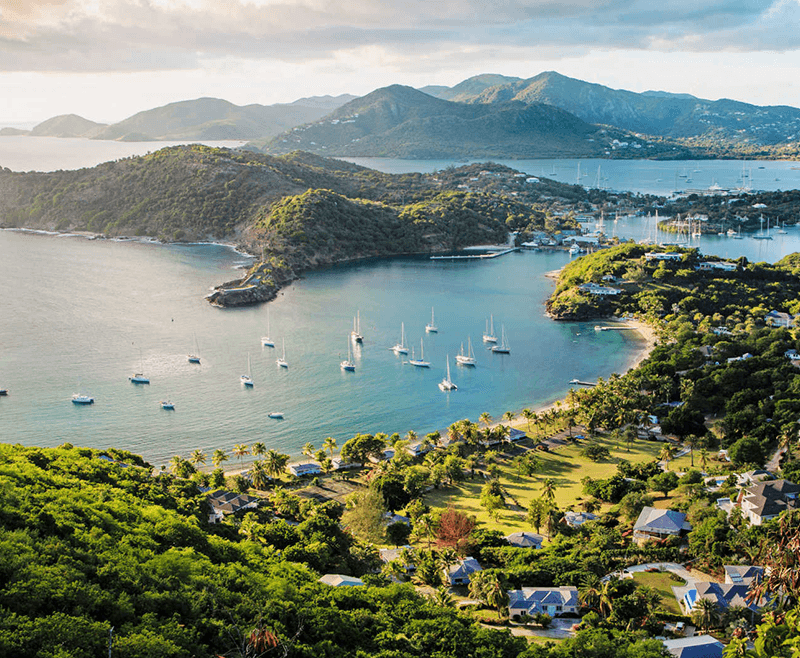miamijaialai.org – Nestled in the heart of the Caribbean Sea, Antigua and Barbuda form a picturesque twin-island nation that captivates travelers with its stunning beaches, rich history, and vibrant culture. This idyllic paradise, with its warm tropical climate and welcoming locals, offers a unique blend of relaxation and adventure.
A Glimpse into the Geography and Climate
Antigua and Barbuda are located in the Leeward Islands chain of the Lesser Antilles. Antigua, the larger of the two, is renowned for its 365 spectacular beaches, one for each day of the year. The island boasts a diverse landscape, with lush rainforests, rolling hills, and historic sites. Barbuda, on the other hand, is known for its unspoiled natural beauty, including the famous Frigate Bird Sanctuary and the tranquil Barbuda lagoon.
The climate in Antigua and Barbuda is tropical, with warm temperatures year-round. The dry season runs from December to April, making it the perfect time for beachgoers and outdoor enthusiasts. The rainy season, from May to November, brings lush greenery and a vibrant atmosphere, but also the possibility of hurricanes.
The Historical Tapestry of Antigua and Barbuda
The history of Antigua and Barbuda is a rich narrative that spans centuries. The islands were first inhabited by the Carib and Arawak peoples before being colonized by the British in the early 17th century. Antigua became a key player in the transatlantic slave trade and the sugar industry, which left a lasting impact on the islands’ culture and economy.
Antigua and Barbuda gained independence from Britain in 1981, becoming a sovereign nation within the Commonwealth. The country has since developed a strong sense of national pride, preserving its historical sites while embracing modernity.
The Cultural Mosaic
The culture of Antigua and Barbuda is a vibrant mix of African, European, and indigenous influences. This is evident in the music, dance, and cuisine of the islands. The annual Carnival, held in Antigua, is a colorful celebration of the nation’s heritage, featuring parades, music, and street parties. The Barbuda Regatta, a traditional boat race, showcases the island’s maritime history and community spirit.
Economic Pillars: Tourism and Agriculture
The economy of Antigua and Barbuda is heavily reliant on tourism, with visitors drawn to the islands’ stunning beaches, historic sites, and vibrant nightlife. The government has invested in developing the tourism infrastructure, including luxury resorts, marinas, and eco-tourism initiatives.
Agriculture also plays a significant role in the economy, with crops such as mangoes, avocados, and vegetables being grown for local consumption and export. The government is exploring sustainable farming practices to ensure the long-term viability of the agricultural sector.
Natural Wonders and Conservation Efforts
Antigua and Barbuda are home to a variety of natural wonders, from the coral reefs and marine life to the unique bird species that inhabit the islands. The government and local organizations are committed to conservation efforts, including the protection of marine ecosystems and the preservation of historic sites.
The Antigua Rainforest Canopy Tour and the Barbuda Land and Sea Park are examples of the commitment to environmental stewardship and sustainable tourism. These initiatives aim to educate visitors and locals about the importance of preserving the islands’ natural beauty for future generations.
Conclusion
Antigua and Barbuda, with their stunning landscapes, rich history, and vibrant culture, offer a unique Caribbean experience. Whether one is drawn to the historical sites, the natural beauty, or the warm hospitality of the locals, these islands are sure to leave a lasting impression. As the twin-island nation continues to thrive, it remains a testament to the beauty and diversity of the Caribbean region.

